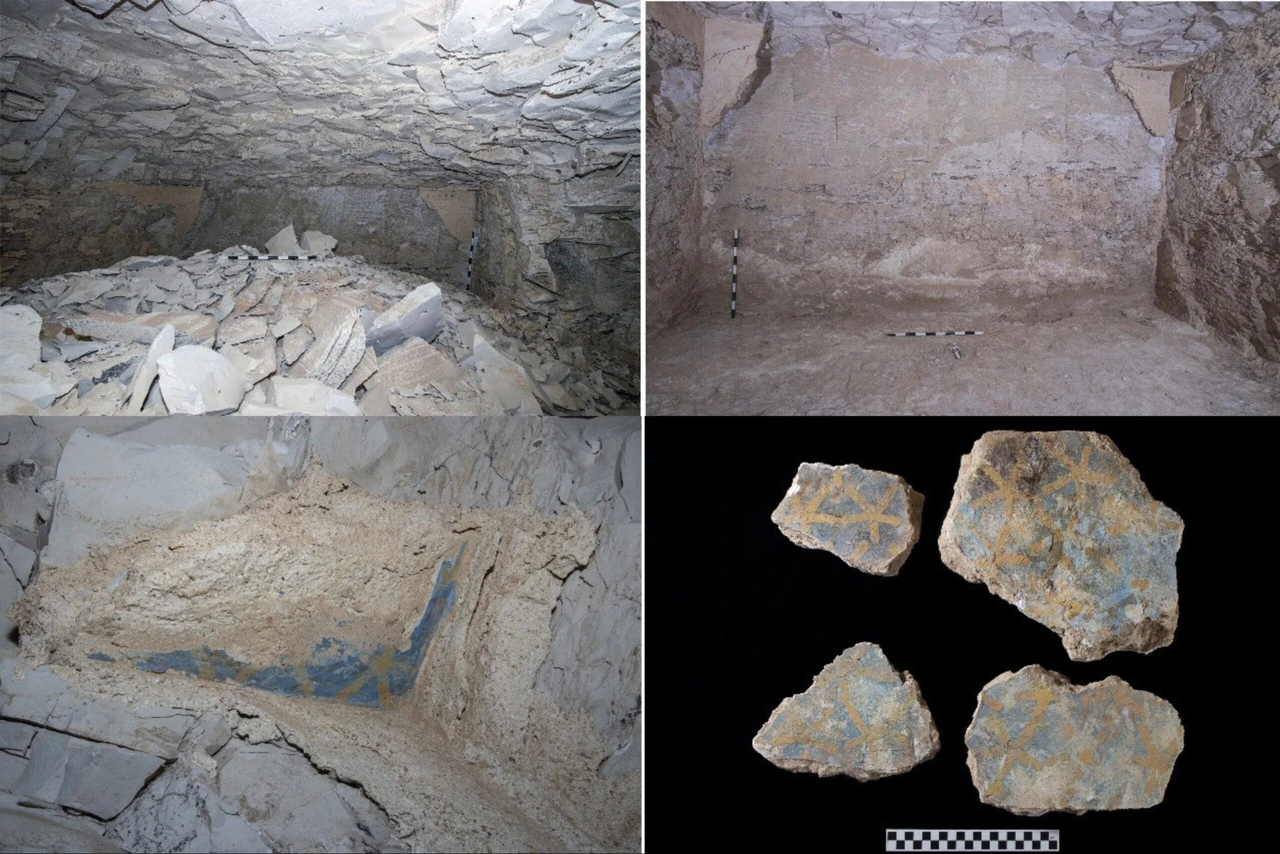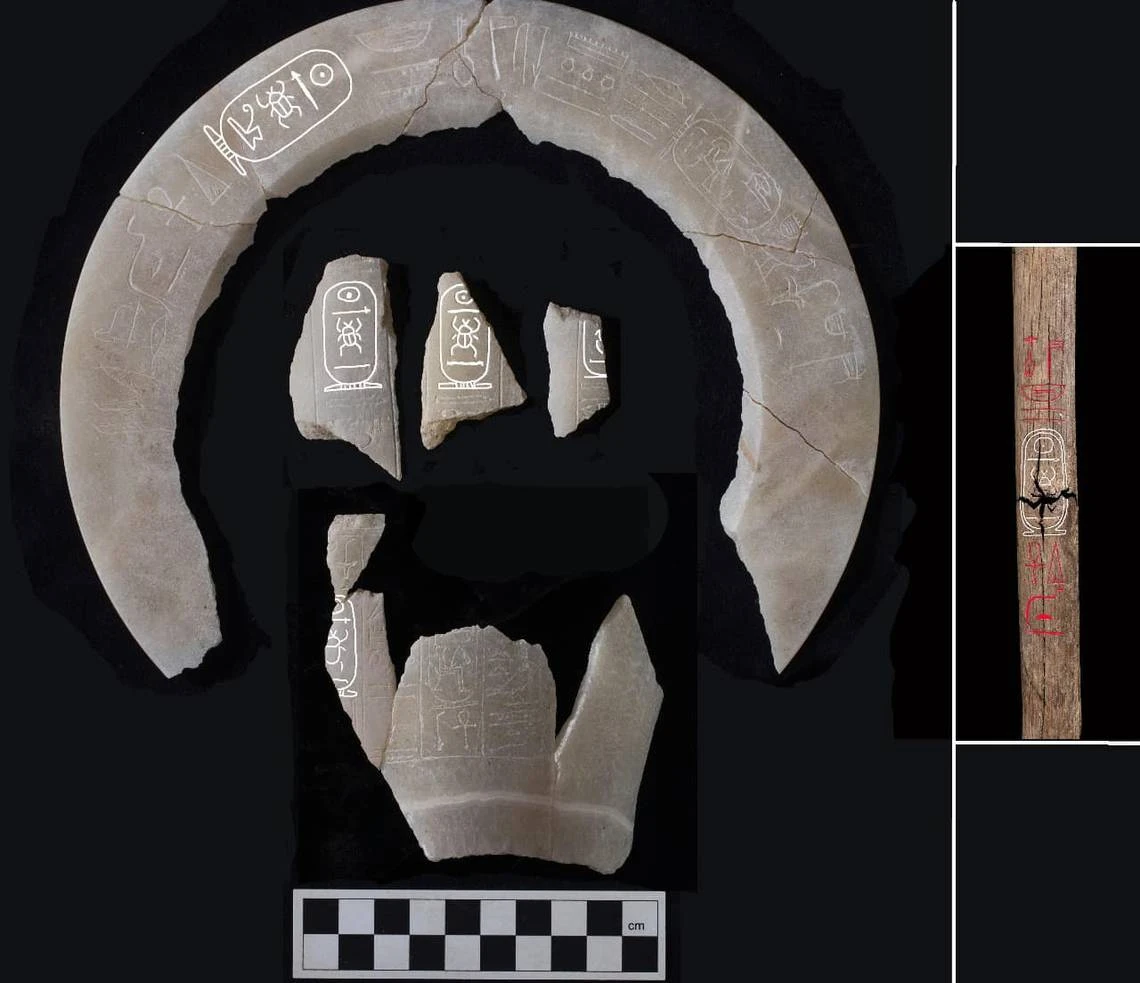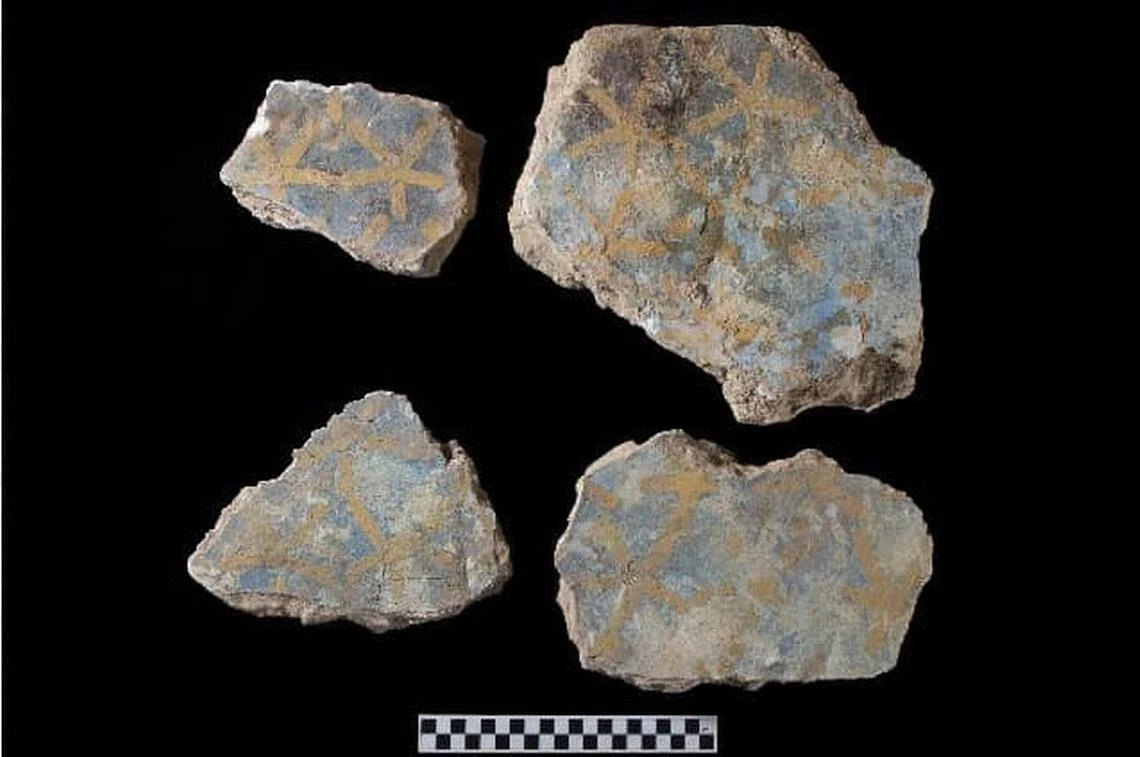Ancient pharaoh’s lost tomb discovered in Egypt after 3,500 years
 A section of tomb No. C4, identified as the burial site of King Thutmose II. (Photo via Egypt’s Ministry of Tourism and Antiquities)
A section of tomb No. C4, identified as the burial site of King Thutmose II. (Photo via Egypt’s Ministry of Tourism and Antiquities)
Egyptian authorities have announced the discovery of a long-lost tomb belonging to Pharaoh Thutmose II, dating back 3,500 years. The burial site, uncovered in Luxor’s western region, is being hailed as a groundbreaking archaeological find.
Egypt’s Ministry of Tourism and Antiquities revealed in a statement that a joint Egyptian-British archaeological mission successfully located the tomb of Thutmose II, who ruled around 1493 to 1481 B.C. during the 18th Dynasty, which spanned approximately 1550 to 1292 B.C. The ministry described the find as “the last missing royal tomb” from this period.
Hidden for centuries in Valley of the Kings
The tomb was unearthed in the western part of Luxor, approximately 2.4 kilometers west of the Valley of the Kings, within the rocky terrain of Mount Tayba. Archaeologists first identified the entrance and main passage of the burial site in 2022, but the full extent of the discovery only came to light during recent excavations.

Sherif Fathy, Egypt’s minister of tourism and antiquities, described the discovery as “the first royal tomb found since the unearthing of King Tutankhamun’s burial chamber in 1922.”
Pharaoh’s name inscribed on ancient artifacts
According to Mohamed Khaled, secretary-general of Egypt’s Supreme Council of Antiquities, inscriptions found on pottery fragments inside the tomb confirm its owner. Some of the artifacts bear the name of Thutmose II, while others mention his wife, the renowned Queen Hatshepsut, further verifying the tomb’s identity.
Khaled described the find as “one of the most significant archaeological discoveries in recent years.”

Water damage and relocation of burial goods
Despite its historical significance, the tomb was found in a deteriorated state. Mohamed Abdelbadie, head of the Egyptian excavation team, explained that the burial chamber suffered extensive water damage shortly after the pharaoh’s death.
Preliminary research suggests that the tomb’s original contents were relocated to another site in antiquity.



